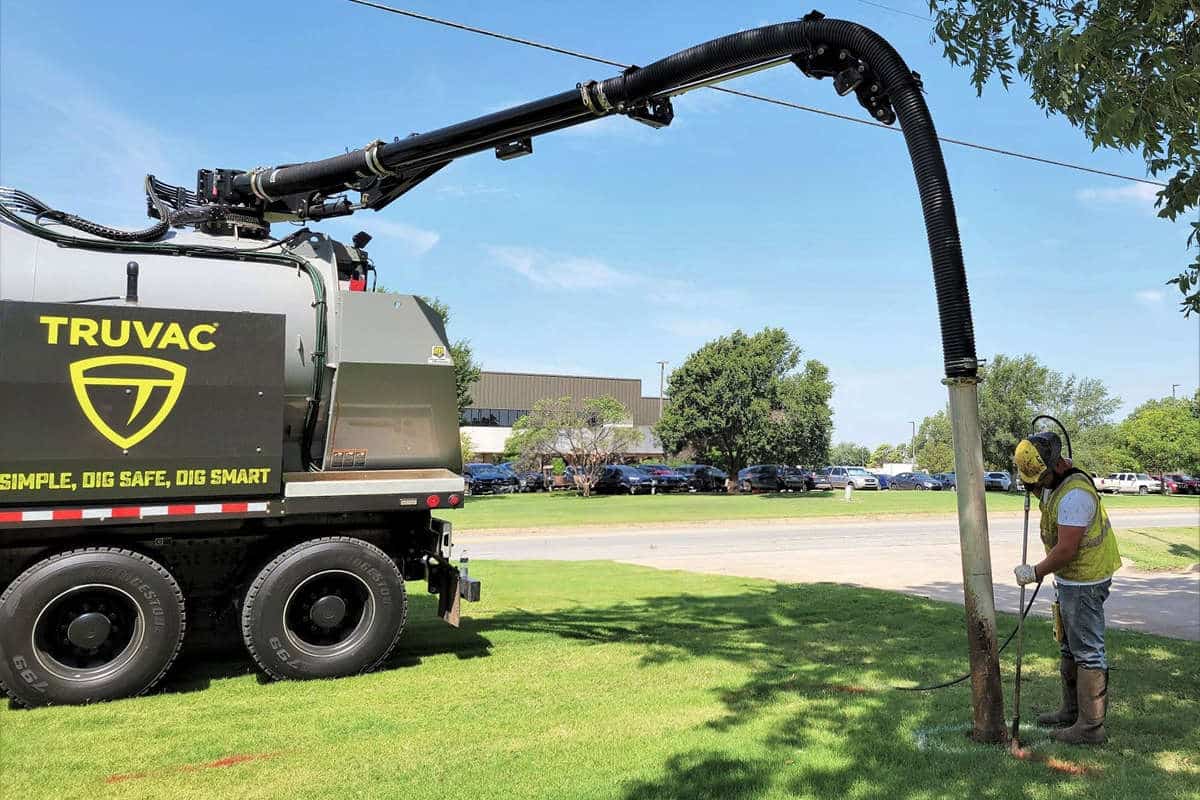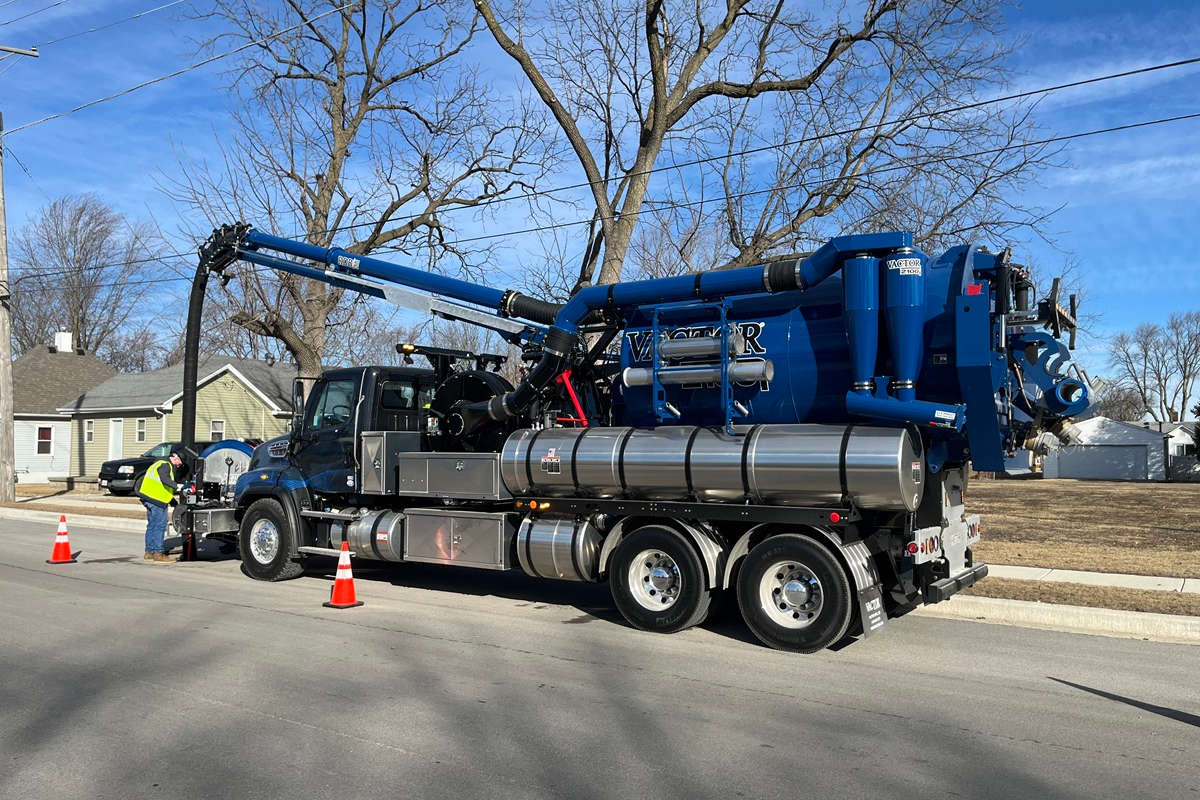How to Select the Right Crawler Excavator for your Needs
As a contractor, you likely depend on durable crawler excavators, along with attachments, to complete trenching and backfilling for a variety of wet and dry utility applications. Whether you subcontract your services or specialize in a particular segment, you know your work could not be completed without these machines.
There are several factors that can influence your success in wet utilities — sewer, water and storm drainage systems — and dry utility applications; however, the most crucial aspect is selecting the proper excavator for the job at hand. In addition to general machine features — such as size, tail-swing type, lifting abilities and dig depth — you should evaluate attachment capabilities, technologies, maintenance, safety features and ease of transportation before purchasing a new model.
By following these six tips from Shane Reardon, Doosan excavator product specialist, you can better utilize these versatile machines, bid on jobs more accurately and work on a variety of utility projects simultaneously.
Tip No. 1 — Match the machine to the jobsite.
The single most important factor before selecting an excavator is to match the machine to the type of work at hand.
“If contractors are primarily digging and backfilling trenches in a confined area, a reduced-tail swing model would be ideal,” Reardon says. “However, if they are installing water or sewer utilities on a large tract of land, utility contractors would be more likely to use a conventional tail swing excavator.”
In addition to understanding what tail swing configuration is best for the application, you should review a machine’s core specifications and determine if it is configured to meet your expectations. Core excavator specifications that should be taken into consideration include:
1. Engine horsepower
2. Operating weight
3. Arm breakout force
4. Hydraulic flow
5. Maximum digging depth
6. Maximum reach at ground level
7. Maximum dump height
Compared to other trenching equipment, such as tractor-loader backhoes, crawler excavators are designed to be effective in a variety of site conditions, can significantly reduce the cost of ownership and increase attachment versatility.
Tip No. 2 — Consider jobsite versatility.
Selecting a crawler excavator that can be versatile in a number of environments is another factor to consider. Many times, a crawler excavator is paired with an articulated dump truck (ADT) or wheel loader on a jobsite to help transport material, so it is important that the machines are a good working match.
A crawler excavator can use multiple ground-engaging attachments to reduce the amount of equipment needed on a jobsite. According to Reardon, investing in a quality attachment connection system, such as a quick coupler, can expand your attachment versatility and produce higher utilization rates.
“Depending on the ground conditions and density of the material, a utility contractor may need a ditching bucket at one location, a trenching bucket at another or an angle tilt bucket at the next,” he says. “Quick couplers make it that much easier and faster to change buckets and other attachments while on the jobsite.”
Contractors are also more likely to use the right-sized bucket if they can quickly switch between buckets to best match the trench width.
If you think of an excavator only performing heavy digging tasks, you may be missing an opportunity to fit it with attachments such as a clamp, also known as a thumb, to hold material secure to the bucket. Choosing a crawler excavator that is equipped with one-way or two-way hydraulics can also help expand your excavator’s versatility. This includes the use of hydraulic-powered attachments such as hydraulic breakers or plate compactors. In addition, utility contractors may use an excavator to lift, carry and place pipe, using a bucket’s lift eye.
Operators should always refer to the excavator’s load chart to understand the machine’s capability for over-end and over-side lifting needs.
Tip No. 3 — Look for smart efficiencies.
Many manufacturers are improving the optimization between the engine and hydraulic system for greater work group efficiencies and improved fuel economy. Smart Power Control is a selectable feature that consists of two systems — Variable Speed Control and Pump Torque Control — that work together to improve machine efficiency while maintaining productivity and improving fuel efficiency by up to 3 to 7 percent.
Consider fuel-saving features before purchasing a new excavator. Fuel usage varies by engine manufacturer, and some manufacturers offer auto-shutdown and auto-idle features to help save fuel during non-working conditions.
“Sometimes in utility applications, there will be a co-worker outside trying to communicate to the operator in the machine,” Reardon says. “Something as simple as the auto-idle feature helps save fuel and reduces sound levels by idling the engine after a brief period of inactivity.”
Tip No. 4 — Evaluate the machine’s ease of routine maintenance.
Convenient service checkpoints, quality components and extended service intervals help utility contractors keep maintenance costs low and daily production schedules moving as well as budget for ongoing maintenance. Once you purchase an excavator, Reardon recommends to follow a regular maintenance schedule based on the manufacturer’s guidelines, which can be found in the Operation &Maintenance Manual.
Contractors should complete a daily walkaround, checking for obvious machine damage and wear on the tracks. They should also inspect fluids, oils and filters, as listed in their manufacturer’s Operation & Maintenance Manual, and as directed on machine decals.
Unplanned maintenance can result in a loss of production, create higher costs for parts and increase service time. By working with a reliable dealership and following a planned maintenance (PM) contract, contractors can make sure their machine gets serviced on time.
Tip No. 5 — Assess safety features.
Crawler excavators used in utility applications typically work in congested jobsites, so the excavator should be equipped with safety features such as rearview and optional side view cameras, and operators should have good visibility outside of the cab. Machine lighting is also important for contractors who work early in the morning and continue late into the evening. Before exiting the machine, operators should lower the bucket or other attachment mounted to the excavator to the ground when they are finished with their task.
In addition to safety features, contractors should also make sure their operators are properly trained on how to safely operate their crawler excavator as listed in the Operation & Maintenance Manual. Also available are excavator safety training manuals, available online through the Association of Equipment Manufacturers (AEM) at www.aem.org.
Tip No. 6 — Determine the machine’s ease of transportation.
In some applications, machines will need to move from site to site fairly frequently. If you anticipate the excavator will need frequent transport, accurate cost estimates should be included in your purchasing evaluation. According to Reardon, contractors need to determine whether a trailer needs to be upsized or downsized to match the machine, or if there are costly travel permits required for heavier excavators.
Allison McNeal is a technical writer for Two Rivers Marketing.
Read more about crawler excavators here. Tags: Doosan, July/August 2017 Print Issue





